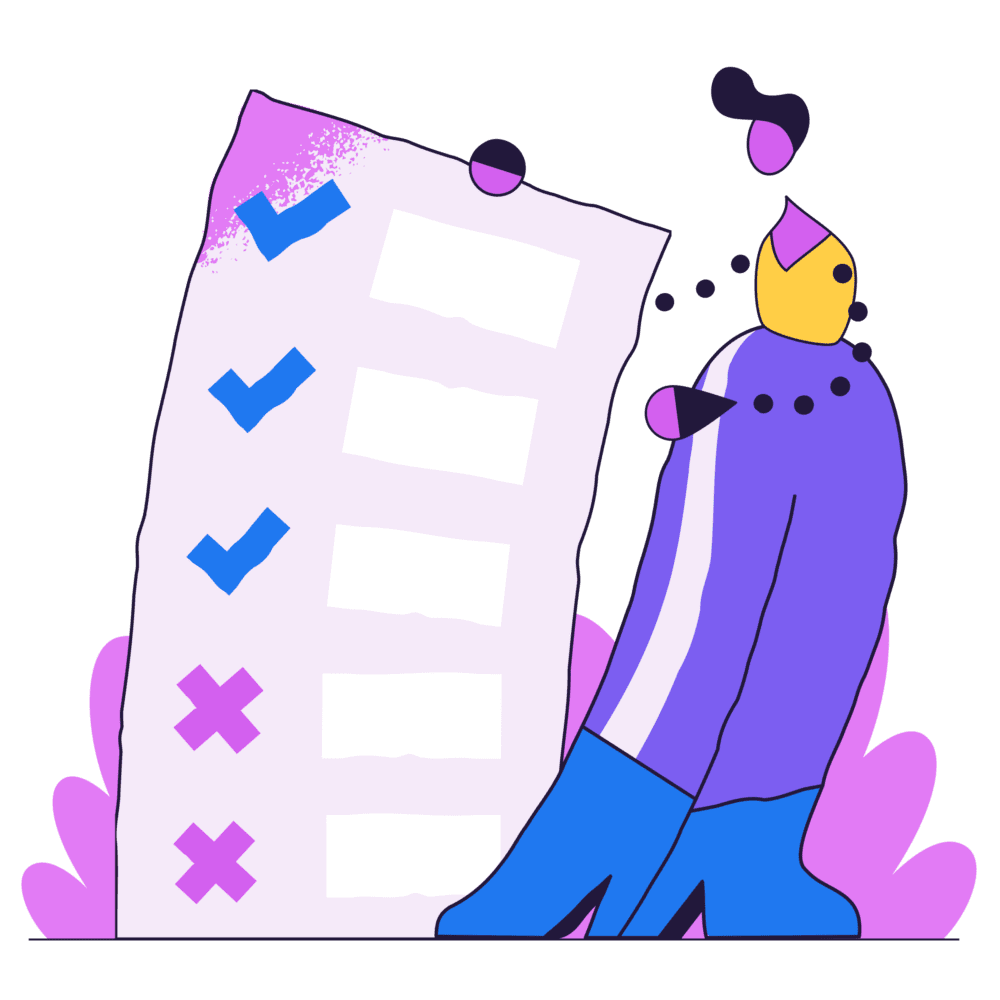Psychotherapy is a field that requires therapists to navigate a myriad of factors, one of the most significant being cultural norms. Cultural norms are pivotal in shaping individuals’ beliefs, behaviours, and perceptions of mental health. In this article, we will delve into the relationship between cultural norms and psychotherapy, exploring how therapists grapple with ethical and cultural dilemmas in their practice.
Understanding Cultural Norms in Psychotherapy
Cultural norms encompass a wide range of factors, including but not limited to language, traditions, religion, and societal expectations. Therapists must recognize the influence of culture on their clients’ experiences and perspectives, as it directly impacts the therapeutic process. Culturally sensitive therapists strive to create a safe and inclusive space that acknowledges and respects diverse cultural backgrounds.
Tailoring Therapeutic Approaches
One challenge therapists face is adapting therapeutic approaches to align with the cultural norms of their clients. Different cultures may have unique communication styles, coping mechanisms, and attitudes toward mental health. It is imperative for therapists to be culturally competent, meaning they are aware of their biases, strive to understand diverse cultural perspectives, and tailor their therapeutic interventions accordingly.
Ethical Dilemmas in Culturally Diverse Settings
The intersection of culture norms and psychotherapy often gives rise to ethical dilemmas for therapists. One such dilemma is the balance between respecting cultural diversity and adhering to ethical guidelines. For example, a therapist may encounter a cultural norm that conflicts with established therapeutic practices, such as confidentiality or mandated reporting. Striking the right balance requires a nuanced understanding of both cultural competence and ethical responsibilities.

Navigating Power Dynamics
Cultural norms also influence power dynamics within the therapeutic relationship. Some cultures may prioritize deference to authority figures, making it challenging for clients to express dissent or disagreement with the therapist. Therapists must be attuned to these dynamics and actively work to create an egalitarian therapeutic space where clients feel empowered to voice their concerns.
Addressing Stigma
In certain cultures, mental health concerns may be stigmatized, leading individuals to delay seeking therapy or conceal their struggles. Therapists must be adept at reducing stigma, normalizing discussions around mental health, and fostering an environment where clients feel comfortable sharing their experiences without fear of judgment.
Conclusion
The intersection of cultural norms and dilemmas in practice presents both opportunities and challenges for therapists. Navigating cultural and ethical dilemmas requires ongoing education, self-reflection, and a commitment to providing culturally competent care. By recognizing and respecting the diversity of cultural norms, therapists can enhance the effectiveness of their interventions and contribute to a more inclusive and equitable mental health landscape.
Ready to begin? Start your online therapy journey today. Book your first session now.




